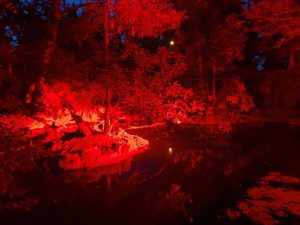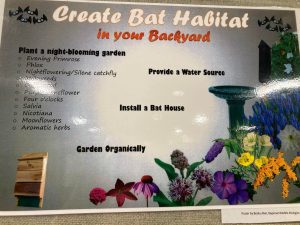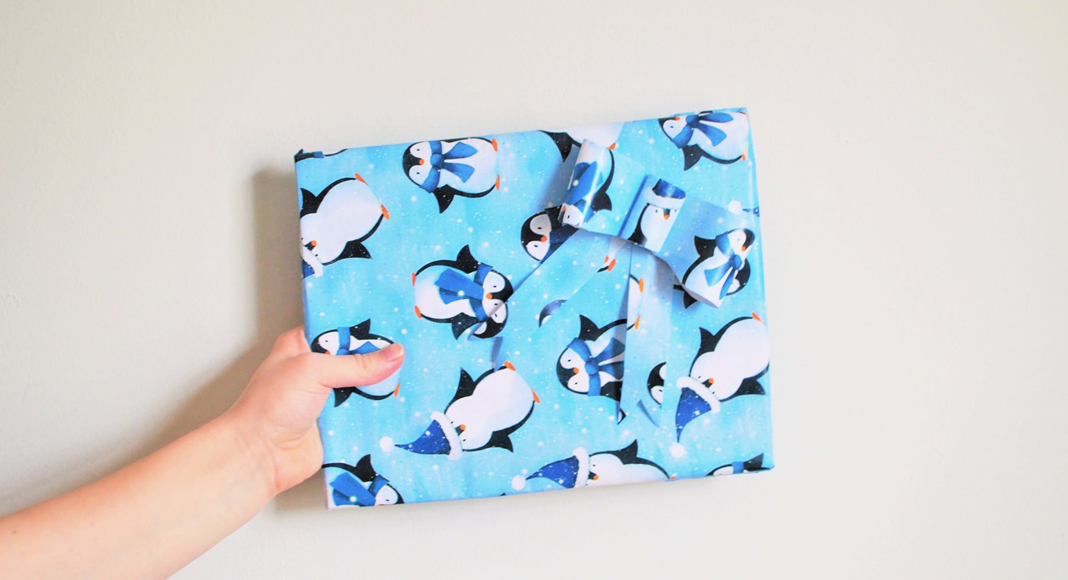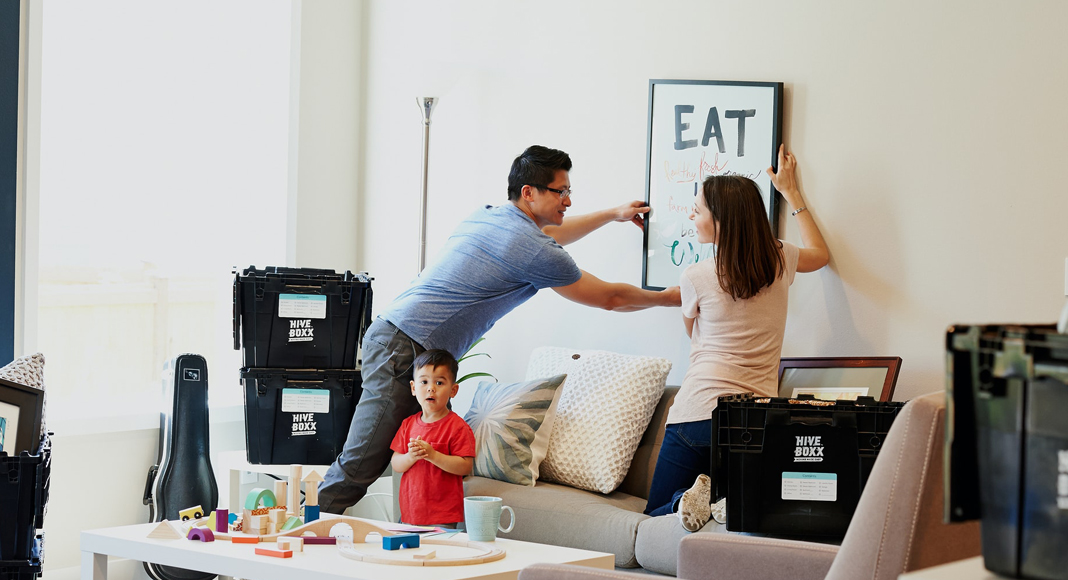My family had the chance to do Bat Night at the zoo in Idaho Falls this year, something that we had been looking forward to for a while. You see, I’m a lover of most animals. Snakes, cats, bats, dogs, mice, birds… I draw the line at spiders. So when I had two little girls, I decided one of the most important things I could do was familiarize them with creatures they might find frightening.
Angela, my toddler, is the type of kid who knows how to get around creatures. Our grumpy old cat tolerates her, the chickens like to hang out next to her and I have yet to see her go to the zoo and not stare at the leopards in all their glory.
So, naturally, we refused to miss a chance to learn more about bats.
Idaho is the only state that has what is called a ‘chiropterium’; this essentially means we have one of the few spaces built to hear and detect bats. If you visit the zoo and cross the duck bridge, there are poles with loud speakers, detection bars and lights. This equipment catches the sound of echolocation and plays it, real time, at a frequency people hear. The lights are red, providing a lowlight that catches the black bats beautifully as they swoop over the water.
catches the sound of echolocation and plays it, real time, at a frequency people hear. The lights are red, providing a lowlight that catches the black bats beautifully as they swoop over the water.
Unfortunately, Idaho is also a state that has ‘white-nose syndrome’. This is a fungus that irritates bats during hibernation and ultimately results in them exhausting themselves and using valuable body fat storages during the winter, wiping out entire colonies.
What’s the deal, why does white-nose syndrome mean anything?
Bats are insectivores in most cases (the ones in Idaho for sure) which means they eat insects such as mosquitoes, moths, beetles, and other bugs that bother us. They reduce the need for pest control on fields, remove diseases via eating bugs that might carry them, and in all provide lovely fertilizer in the caves they roost in at night.
If bats die, we loose a massive agricultural helper.
What can you do to help this crisis?
- First, be aware of what you’re doing when you go caving. Bats will hang out in caves and diseases that you inadvertently pick up on your gear or boots can pass those along to other caves; white nose syndrome was confined to the east side of the U.S. prior to someone bringing it to Washington and thus spreading it. Clean your gear and wash your boots each time you leave a cave in order to remove possible pathogens that may affect the ecosystem in the next cavern you explored.
- Secondly, offer bats places to roost. Bats will roost anywhere that is sheltered and has grips for their little feet such as trees, under leaves, in attics, and in caves. Consider building a bat house that you can place away from your buildings as this can attract any
 colonies that have decided to move into your home.
colonies that have decided to move into your home. - Lastly, if you have a problem with bats call in the professionals to deal with them. Bats are a benefit to our area and the last thing we need to do is kill them. Many places are able to humanely and safely remove bats to let them find a better home before you can seal up entrances the bats might have had in the first place. Should you find a bat in your house who seems to be lost, open escape routes for the little critter and turn the lights off before leaving it to find its way out as they are like us and will panic if we try to help.
Bats are beautiful little creatures and it’s up to us to protect them.
This Spooky Season, see if you and your little one can find bats in decorations or at night. They enjoy swooping over bodies of water, over fields and can sometimes be heard chirping if you have sharp enough hearing. They’re amazing bug eaters and help us as humans, it’s time to return the favor.
Bat Night is featured at the Idaho Falls Zoo each fall, keep an eye out on their site for more information.












